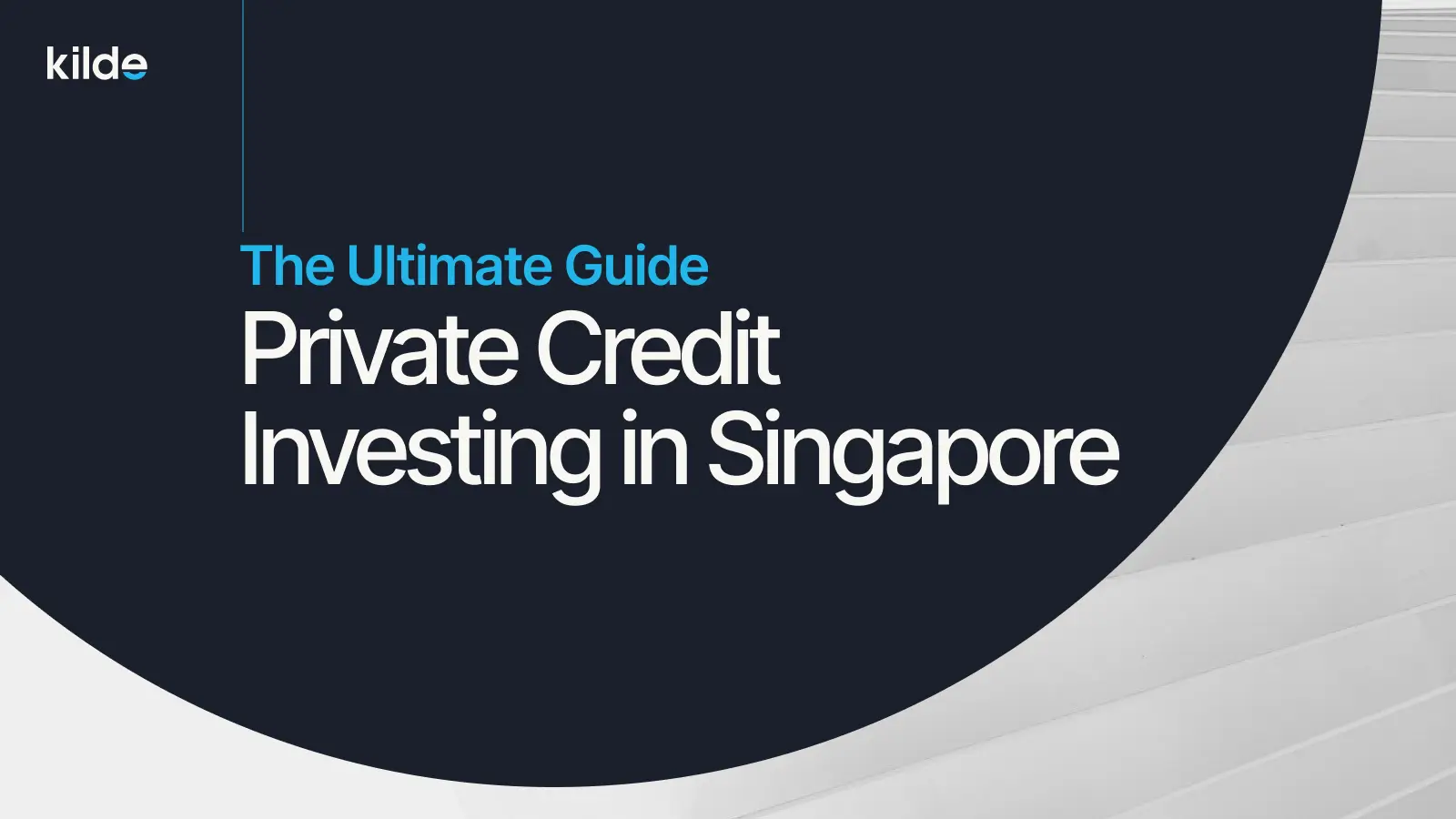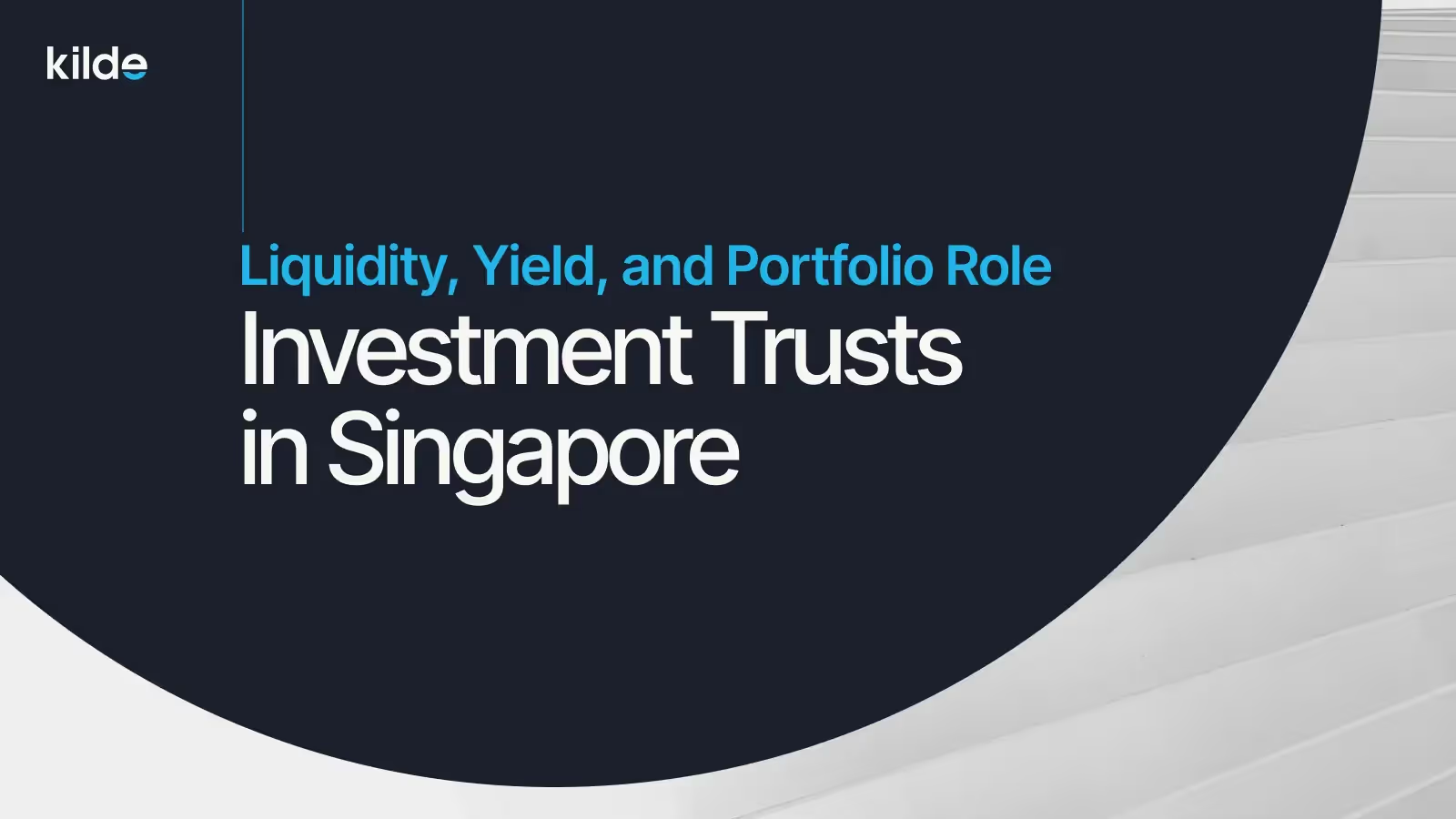
Free for the customer but who pays the bill?
The story with Gabi who was shopping for beauty products in Sephora with Buy Now Pay Later (BNPL) resonated with a lot of our readers. When I speak with investors I often get a question, BNPL providers offer interest-free instalments to their customers but then how do they make money? Well, there is a confusing three-letter abbreviation Merchant Discount Rate (MDR) which is behind the zero interest rate mystery. MDR is a fee calculated as a percentage of the transaction value. Sephora (merchant) pays MDR to their bank for processing payment Gabi (customer) has made with the credit card. When Gabi paid for the product using BNPL with Atome, Atome has taken the role of the bank, processed the payment and charged a somewhat higher MDR to Sephora (merchant). Therefore, it was Sephora who paid for Gabi’s interest-free loan.
How much does the interest-free loan cost?
Typical BNPL purchase is structured in three payments where the first payment is paid at the time of the purchase. BNPL firm finances ⅔ of the product in the coming 60 days period. A quick calculation reveals that with a $99 purchase, 7% fee (MDR), $33 downpayment, $66 debt to be paid over two months we get an annual interest of 92.7%. For those who would like to check the math, please, see the spreadsheet below..

What about the costs to the BNPL firm?
We have just rediscovered that there is no free lunch. 92.7% interest seems like a lot but, the BNPL providers bear significant costs as well. Two major cost categories drive their profitability. Firstly, there is the payment processing fee (MDR) they need to pay to process payments from customers debit or credit cards when the customers make the instalments. Secondly, some customers will miss their instalment payments altogether. It is the BNPL provider that bears the risk as they have paid the merchant at the time of the purchase.
Sticking to the same example, if we assume a 1% processing fee and 5% annual delinquency rate, we end up with 35.4% Net APR.

I have deliberately not accounted for the customer acquisition costs, operating costs, and the cost of capital because they depend on a lot of factors.
Forget the checkout, lead generation and product discovery is where the money is.
Nevertheless, the ultimate profitability is most sensitive to changes in MDR paid by the merchant. Competitive pressures set the MDR on a downward trajectory making it difficult for smaller BNPL companies to survive.
What if the MDR was not the only source of revenue? Perhaps, there is a higher value BNPL firm can bring than providing a plain vanilla point of sale financing. Indeed the most successful BNPL providers, capture the relationship with the customer and lead the customer to the discovery of the product they want to buy. In the US, most active BNPL customers use the financing 15 to 20 times a year and open the app 10 to 15 times a month (1). For merchants, acquiring new customers is way more important than offering yet another financing option at the checkout. Hence, merchants are willing to pay for such a service, lead generation up to 16% of the product cost.

It is not a coincidence that fast fashion and luxury products were the first product categories where BNPL providers competed. Securing relationships with fast fashion brands is a great strategy for getting a loyal customer base with high-frequency recurring purchases. Therefore, the real battle of BNPL firms happens not at the checkout counter but creating a desire for something customers can buy for ⅓ of the price per month.
Resources:
(1) Source: McKinsey, Buy now, pay later: Five business models to compete, July 2021
Kilde is a regulated investment platform for alternatives. We operate as a two-sided platform connecting institutions / HNWI with securitised private investments. Our main alternative asset classes are private debt, venture debt, and recurring revenue financing. Kilde has partnered with leading non-banking consumer & SME lending firms to give investors safe and controlled access to consumer lending assets. Our unfair advantage is vast accumulated data on consumer & SME assets performance as well as scalable investment and securitisation tech platform. Thanks to Kilde’s license for dealing in securities, we securitize alternative investments into digital securities.






.avif)






